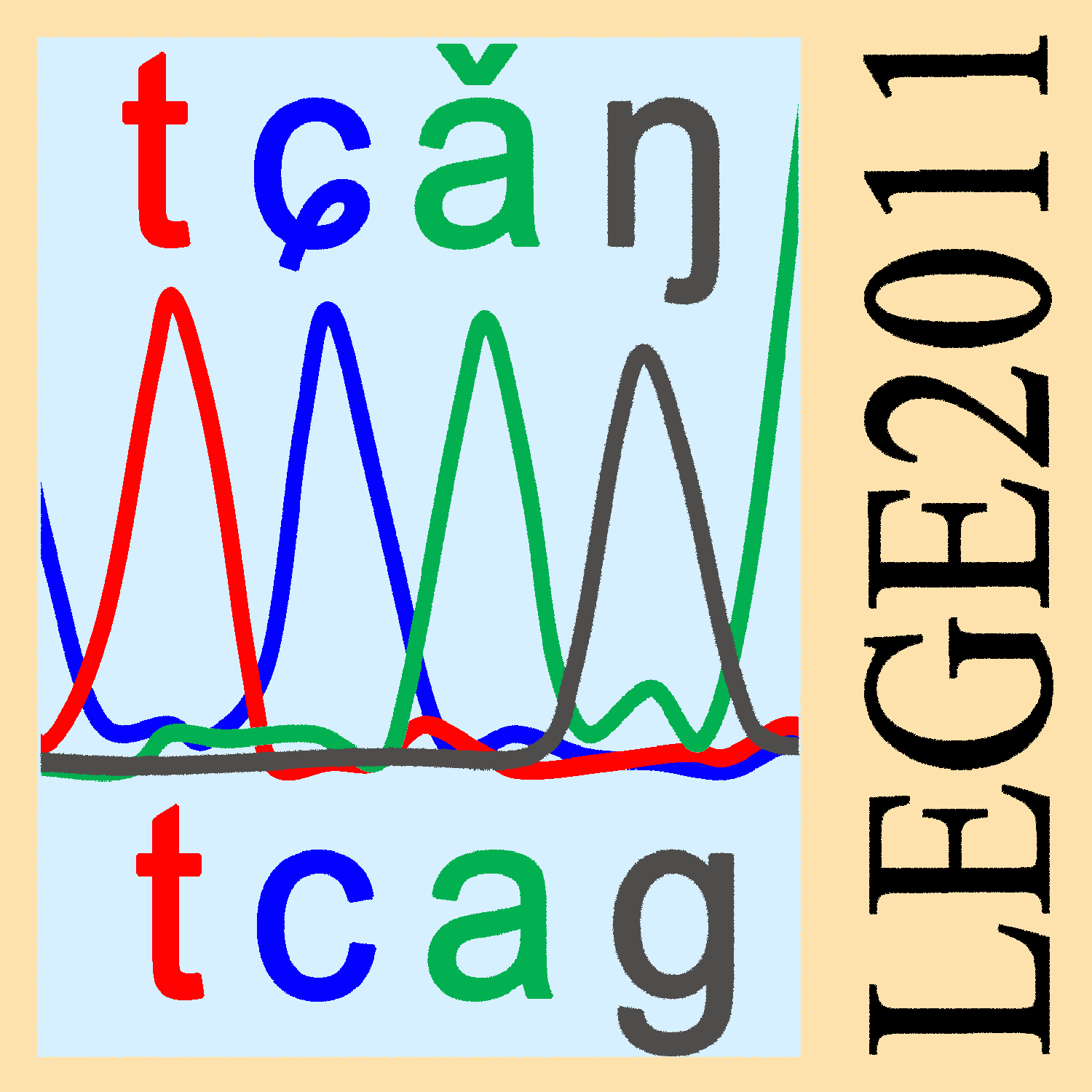 COM.on C.A.5:e42/255-262
Online published on
Dec.15, 2011.
COM.on C.A.5:e42/255-262
Online published on
Dec.15, 2011.doi:10.4236/coca.2011.51042
 COM.on C.A.5:e42/255-262
Online published on
Dec.15, 2011.
COM.on C.A.5:e42/255-262
Online published on
Dec.15, 2011.Di Jiang
1. Lab. of Phonetics and Computational Linguistics, Institute of Ethnology & Anthropology, CASS, Beijing 100081, China; 2. Comparative Linguistic Division, E-Institutes of Shanghai Universities, Shanghai 200234, China.
Key words: language evolution, Monosyllabic-word languages, polysyllabic-word languages, syllabic synaesthesia
Recieved: Sep.18, 2011 Accepted: Nov.30, 2011 Corresponding: jiangdi@cass.org.cn
《现代人类学通讯》第五卷e42篇 第255-262页 2011年12月15日网上发行
会议报告
音节型语言演化的后果
江荻
1.中国社会科学院民族学与人类学研究所,语音学与计算语言学实验室,北京 100081;2.上海高校比较语言学E-研究院,上海 200234
摘要:文章提出以汉语为代表的东亚区域单音节词优势语言属于音节型语言,而欧洲、非洲、美洲、南太平洋等地的多音节词优势语言属于音链型语言。音节型语言以音节联觉为基础,形成独特的孤立语特征,该特征对语言演化造成完全不同于音链型语言的演化模式,并在语音、词汇、形态、句法和文字发展方面产生以往不曾设想到的后果。该项研究尝试回答为什么汉语乃至其他东亚语言研究倾向声韵描写、标注声调、复合词分析、词序重要等方法,这些研究倾向都与音节型语言演化的后果密切相关。
关键词:语言演化;音节型语言;音链型语言;音节联觉
收稿日期:2011年9月18日
修回日期:2011年11月30日
联系人:江荻
jiangdi@cass.org.cn